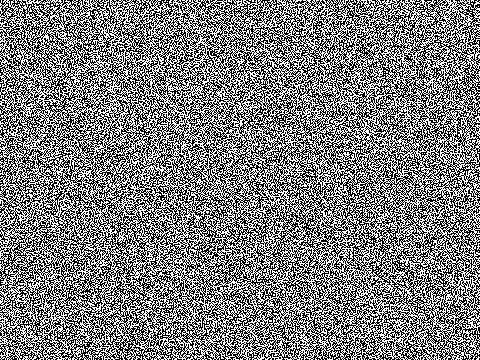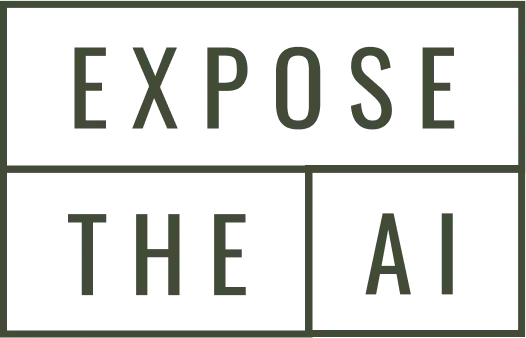AI image generators often lack a deep structural understanding of how objects in the real world function and interact with each other. This can lead to a variety of functional implausibilities in the generated images, including compositional errors, dysfunctional objects, and atypical designs that don’t make logical sense. Upon closer inspection, you might notice distorted or unresolved details that further reveal the artificial nature of the image.
These implausibilities can manifest in several ways:
- Compositional Implausibilities: Objects may be arranged in ways that defy the laws of physics or common sense, such as shadows falling in the wrong direction, reflections that don’t match the light source, or objects floating without support.
- Dysfunctional Objects: Items in the image might be depicted in ways that make them non-functional or nonsensical. For example, a chair might have legs that don’t touch the ground, a door may appear without a handle, or a vehicle might lack essential parts like wheels or windows.
Atypical Designs: AI might generate objects with strange, impractical designs that would never appear in the real world. This could include clothing with impossible seams, furniture with bizarre proportions, or tools with no practical use.
- Distorted and Unresolved Details: Small details, like the texture of an object or the alignment of intricate patterns, might appear distorted, blurred, or unresolved, creating an unnatural or unfinished look.
- Incomprehensible Text and Logos: When attempting to replicate text or branding, AI often produces gibberish or distorted logos that don’t correspond to any real-world language or brand. This is a clear sign of AI generation, as the technology struggles to create coherent text or recognizable logos.
- Overrepresented Features: Certain features may be exaggerated or overemphasized in ways that look unnatural, such as overly large eyes, exaggerated muscles, or unnaturally vibrant colours that don’t match the rest of the scene.
These functional implausibilities can serve as strong indicators of an AI-generated image, as they reflect the technology’s limitations in accurately replicating the complex, interconnected nature of the real world.
Compositional Implausibilities
AI-generated images can exhibit compositional implausibilities, where the relationships between objects and people violate real-world mechanical principles. These inconsistencies make the scene appear illogical or physically impossible.
Some of the examples of these compositional implausibilities include:
- Floating or Unsupported Objects: Objects might appear to float in mid-air without any visible support or be precariously balanced in ways that defy gravity. For instance, a staircase might emerge from the side of a building with no structural support, or a person’s torso might seem to grow directly out of the ground, creating a surreal effect.
- Merging and Distorted Objects: Objects in AI-generated images might unnaturally blend into one another. For example, a person might appear to merge with the ground or a wall, or a building could have architectural features that overlap in impossible ways.
Inconsistent Relationships: Objects or people interact in ways that don’t conform to real-world mechanics. For example, the number of steps on a staircase might differ on either side or shadows and reflections might not align with the light source, further distorting the scene.
Dysfunctional Objects
Separate from compositional implausibilities, dysfunctional objects in AI-generated images are those that are depicted in a form that renders them unusable or nonsensical.
Examples of dysfunctional objects include:Impractical Structures: A staircase might have a different number of steps on the left and right sides, making it unusable. Similarly, doors might lack handles, or chairs might have legs that don’t touch the ground, resulting in a structurally dysfunctional object.
- Unnatural Interactions: AI-generated images might depict people interacting with objects in impractical or impossible ways. For instance, a person might hold a pizza in a way that doesn’t match how we naturally grasp or eat it, or unrealistically use utensils.
- Confusing Elements: Some images may feature items that don’t make sense together
Distorted and Unresolved Details
One of the most common challenges in AI-generated images is the distortion or blurring of small details. This issue often arises because the AI struggles to render fine textures and patterns with the same accuracy as larger, more straightforward elements.Texture Issues: The texture of objects in AI-generated images can often appear smooth, blurry, or lacking in detail. For example, fabric textures might not have the same fine grain you expect in real life. This can result in clothing that looks more like plastic or another uniform material, rather than something soft and natural like cotton or wool.
Pattern Misalignment: Intricate patterns, such as plaid or herringbone, often appear distorted in AI-generated images. The lines in a plaid pattern, for instance, might not align correctly, leading to an irregular or warped appearance. This is particularly noticeable in clothing or other textiles where precision is crucial for a realistic look.
- Blurred Details: In many cases, the AI might blur details that it struggles to render accurately. This can give parts of the image an unfinished or vague appearance, which stands out against more clearly rendered areas. The result is an image that feels inconsistent or incomplete.
2. Incomprehensible Text and Logos
Another major challenge for AI image generation is replicating text and logos accurately. Since AI models are trained primarily on visual data rather than understanding language, the text in AI-generated images often ends up as gibberish or something that looks like text but isn’t legible.
- Gibberish Text: AI may produce text that resembles real writing at a glance but becomes gibberish upon closer inspection. Letters might be malformed, incomplete, or jumbled in a way that no real-world language uses. This is particularly evident in images where text is a key feature, such as signage, book covers, or branded clothing. In some cases, the AI might generate text that looks like it could be a word but isn’t. This can result in what appears to be a foreign language or simply a string of letters that don’t form coherent words.
Distorted Logos: When AI attempts to replicate logos or branding, the results are often similarly flawed. Logos might be warped, with shapes and letters that don’t align correctly or resemble any known brand. This happens because logos are often complex, with specific fonts and symbols that the AI struggles to mimic accurately.
3. Overrepresented Features
AI-generated images can sometimes exaggerate certain features in a way that looks unnatural. This can happen when the AI overfits the prompt or doesn’t fully understand the context of the features it’s replicating.
- Exaggeration of Features: AI might enlarge certain elements beyond what is realistic, such as making a person’s eyes too large, muscles overly defined, or colours too vibrant. This is because AI models are trained on a vast array of images, and they might combine features from multiple sources in a way that doesn’t make sense when put together in a single image.
- Unnatural Colors: Colors might be overly saturated or used in ways that don’t fit the scene. For instance, the AI might decide to make the frayed edges of jeans purple because it thinks the colour adds interest, even though such a detail would be rare in reality.
- Prompt Overfitting: If a prompt specifies certain features, the AI might overemphasize them to the point of absurdity. For example, asking for a striped shirt might result in the AI adding stripes to the shirt and other elements in the image, like the background or nearby objects.
The artifacts and glitches that we commonly see today may become less noticeable as AI technology continues to evolve. However, it remains challenging for AI to generate high-resolution details. Here are the main challenges:
1. Blurring of artefacts: As AI improves, imperfections may be concealed through blurring or other techniques, making them less obvious at first glance.
2. Challenges with zoomed-in details: Even as technology advances, zooming into the finer details of an AI-generated image may still reveal inconsistencies or glitches, especially in areas like instrument strings or intricate patterns.
Summary
When evaluating images to determine if they are AI-generated, always consider the following questions:
- Text Quality: Is the text in the image distorted? Does it include unconventional glyphs or odd spelling errors?
- Object Realism: Do the objects in the image look correct? Are they functioning as they should?
- Functional Placement: If an object is being held, is it being held correctly? Does it emerge in the setting plausibly?
- Design Anomalies: Are there any atypical designs, particularly in prints, buttons, or buckles on clothing?
- Fine Detail Distortions: Are there any distortions or glitch-like artefacts in the fine details, such as the strings of a guitar or the stitching on fabric?

